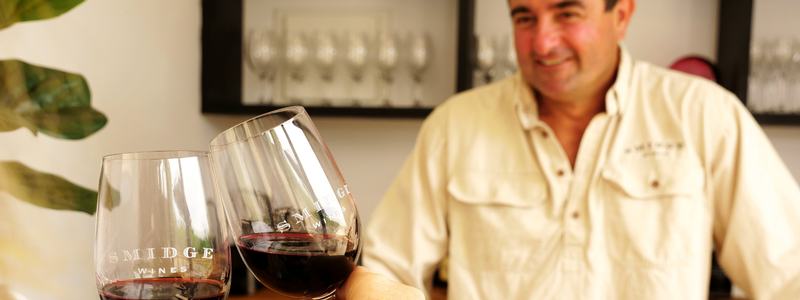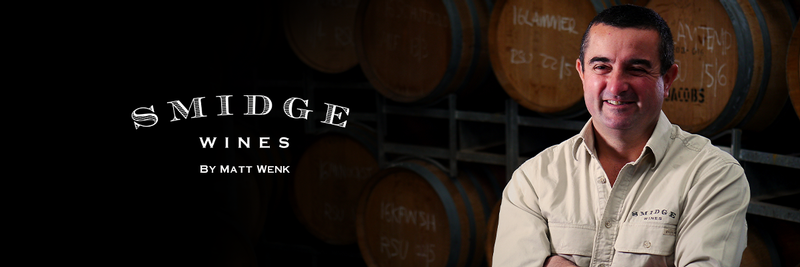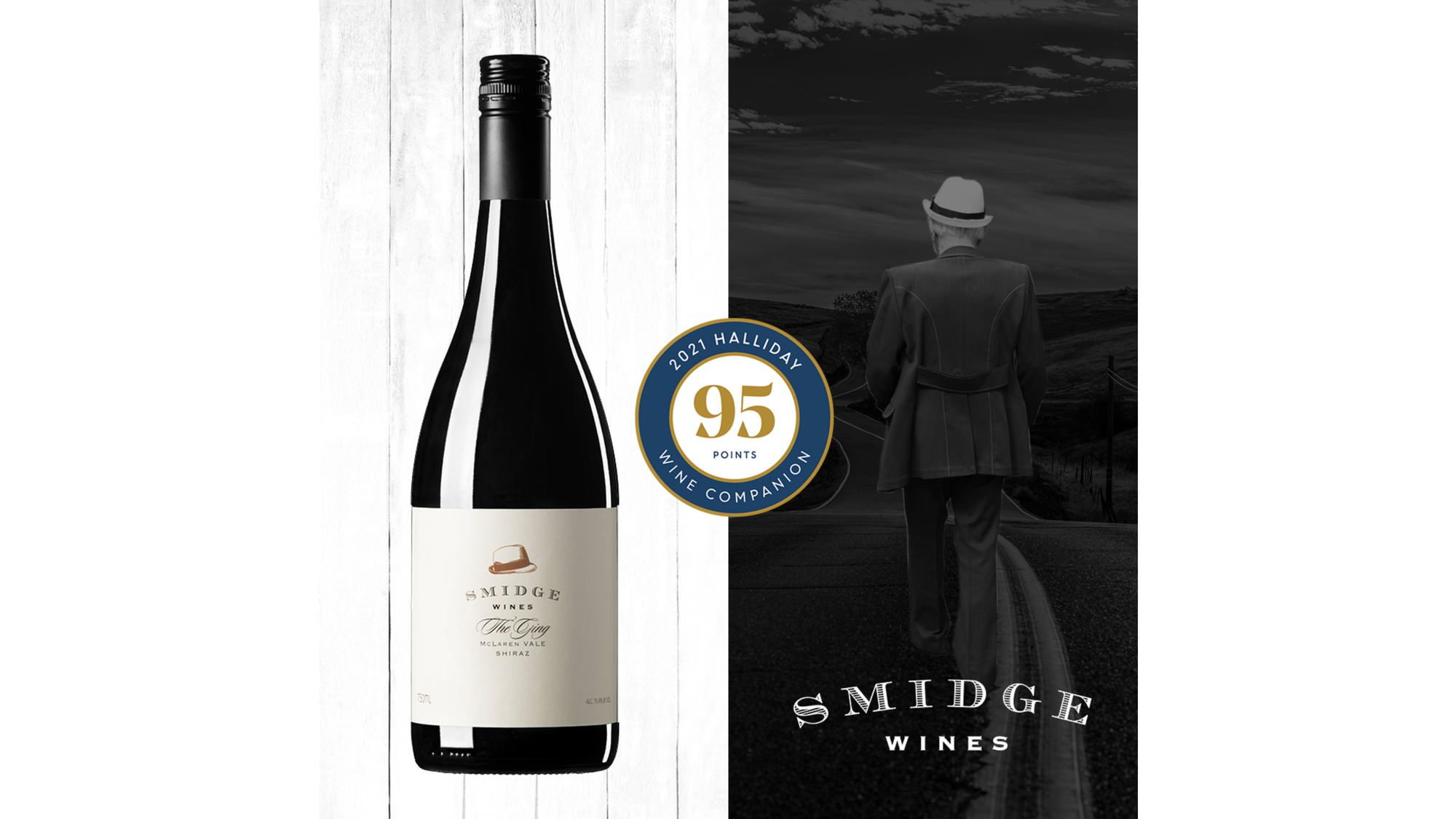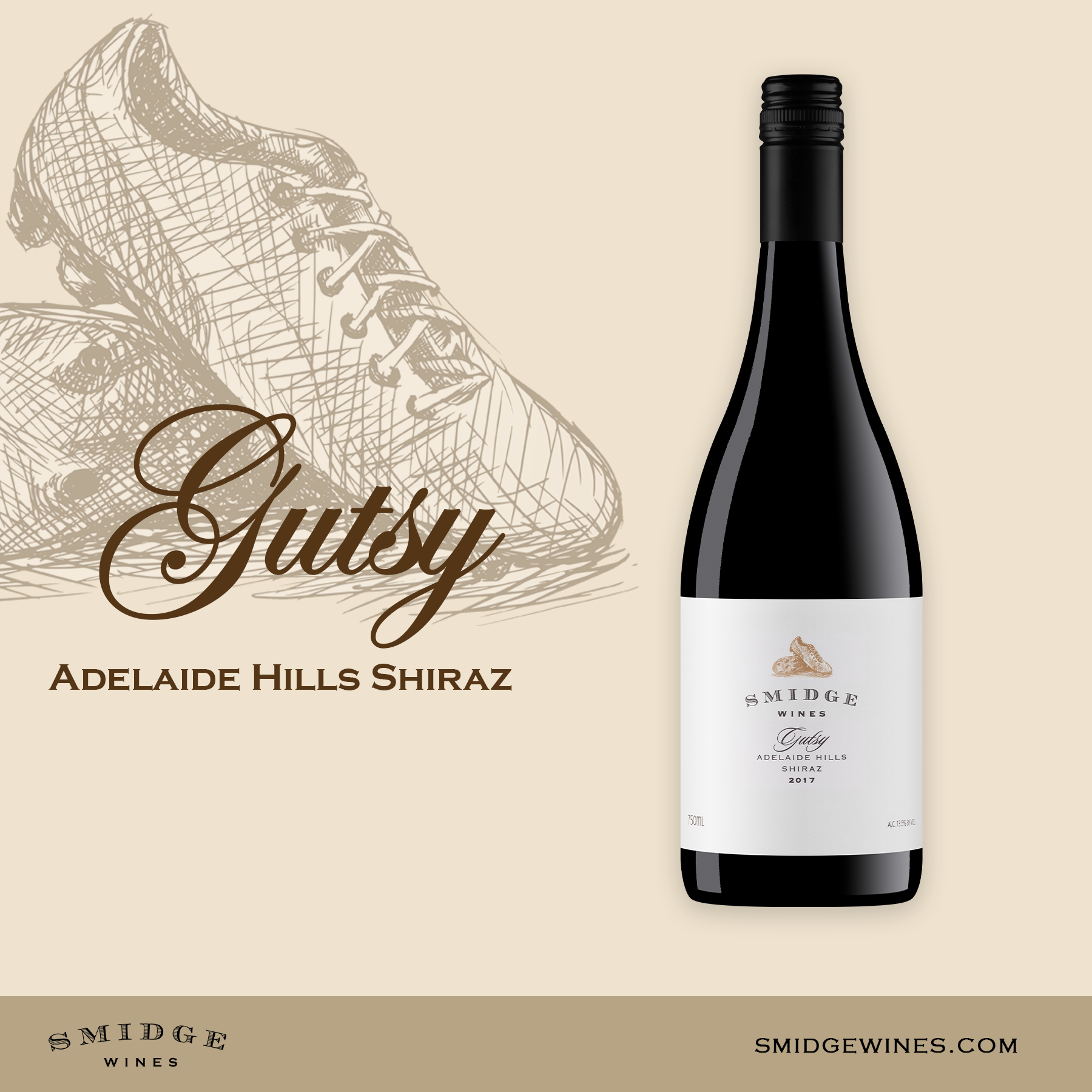Latest News From Smidge Wines
Are these crystals in my red wine "Diamonds on the Inside"?

Well, in a nutshell, yes. These crystals form from tartaric acid that overtime ‘fall out’ of the wine and are called "tartrates". Their presence does not mean there is something faulty or wrong with the wine – in fact we feel it is quite the opposite.
Briefly, tartaric acid is the predominant natural, harmless acid in grapes and subsequent wine. It plays a vital role in the stability, pH, colour, structure and taste of finished wine.
A part of tartaric acid’s solubility is temperature dependent, as such when a wine is chilled for an extended period, the unstable form of tartaric acid will "crystallise" and precipitate out creating crystal deposits or ‘tartrates’. These tartrates often capture varying levels of colour and tannins in them.
During the aging process in the barrel a portion of the unstable tartrates precipitate out binding to the walls of the barrel. Once emptied, the barrels are steamed and /or washed to remove the tartrates and lees, although some remain dissolved in the wine and may precipitate out later in the bottle over time forming what often is referred to as a "crust".
So why do not all red wines have these crystals? Well some may be too ‘young’ and not enough time has elapsed for the crystals to form, or the conditions have not been conducive, or maybe the wine has minimal unstable tartaric acid remaining at the time of bottling due to the variety or season. Alternatively, some wineries may, for aesthetics, decide to remove all crystals through a process known as cold stabilisation. Prior to bottling, the wine in question is chilled to a sub zero temperature for a prescribed period to force the unstable tartrates to precipitate.
What about Smidge Wines? As a specialist winery, handcrafting wine of extraordinary quality in small quantities we view the presence of tartrates as showcasing our winemaking philosophy in action.
We believe that each intervention and action we make throughout the journey of every wine is done balancing the risk of action against the benefit to quality, flavour & stability. We view that no matter how carefully it can be done, artificially cold stabilising will change pH and acidity, and independent of the number of trials that can be done, it risks having some influence on the balance, structure, hue and flavour of a final wine. Sometimes these changes can be subtle, other times more noticeable.
We prefer to avoid this risk, and allow these interactions to occur naturally in the bottle over a number of years. So to answer the question – yes, we think these crystals are definitely diamonds!
Vintage 2021 - A Silver Lining?

It’s no secret the Australian wine industry has taken a beating over the past year – one of several casualties of restrictions across hospitality both here and overseas, as well as tariffs effectively closing Australia’s biggest wine export market.
With such uncertainty in the air, Vintage 2021 felt a little different to previous years (even against 2020) - the urgent phone calls to find any extra fruit even after some recent small vintages seemed to evaporate. This year, the appetite to take advantage of extra available fruit disappeared as many wineries found themselves very carefully managing intake against forecasts, contract commitments and in some cases, space availability.
Thankfully, for our regions we source fruit from, the weather has been kind. In a La Linea cycle which typically means a cooler wetter summer, we were initially a touch nervous, although in South Australia, we experienced the cooler conditions, without the rainfall – we managed lovely long ripening conditions, with flavours and sugar staying in balance. With no extreme weather events forcing us to pick earlier (or later than we would like) as well as fruit being ready in a staggered way, we were able to keep pressure off the winery and ensure optimal time on skins before pressing each ferment and putting wines to barrel.
The winemakers I am talking to share the confidence I have in 2021 Vintage – it is an absolute cracker and one to watch out for – and just the tonic for an industry in much need of some good news!
What is my Favourite Wine?

“So what’s your favorite wine then?”
I smiled, this is a question I get asked a dozen times a day, especially at a wine tasting and it’s one of my favorite questions to answer.
Of course I reply, like any dutiful parent, “well it’s kind of like answering ‘who is your favorite child?’ I love them all equally, of course.” But I always say it with a cheeky grin and a wink. I know this is a game, it’s a dance back and forth and I love it.
They always push for a true answer though, “oh surely you have one you love more than the others,” sometimes they’ll often wink and whisper conspiratorially “I know I have a favorite child.”
I’ll laugh, enjoying the moment and reply, “honestly, it’s simple,” no doubt a twinkle forming in my eye. I love telling this story, I love sharing this wine, this is my favorite of all.
“It’s The Ging,” I tell them and chuckle at their look of confusion.
It’s almost always confusion, sometimes astonishment. The Ging isn’t our most expensive wine nor is it our most awarded, though it does have a trophy cabinet overflowing with awards all to itself. Most people expect me to proclaim one of our more expensive bottles as my personal favorite.
But The Ging is my favorite because it’s exactly what you would want a McLaren Vale Shiraz to be, it’s bold and bright on the palate with subtle hints of chocolate and dark berries. It’s a true and honest wine, but it also has just enough of that roguishness and devil may care attitude we all love so much about our Australian way of life.
The Ging is my favorite because it embodies all these truly special qualities and in doing so, it is the perfect homage to the man himself, a man who has been a very special force in our lives and one for which we will always be grateful.
The Ging is also one of my favorite wines to make, throughout the process there is always an air of anticipation. I put it in French oak barrels (7% new) to mature it until the flavours are perfect, sometimes it takes up to 2 years or longer for this process to occur.
Every few months or so, I taste test our barrels, noting each’s progression through the process. There’s a very unique palette that makes a barrel suitable for the Ging and not every barrel will fit the bill. The oak I put it in plays its part too, being a natural product, it makes for subtle variations during the maturation process.
As the wines mature in the French Oak and each barrel taste test reveals more of the wines character, it’s the fuller, more complex barrels that I ear mark for the Ging.
Finally, it’s bottled and we let our faithful Smidge community know, (our Smidge family of clients, always get first pick, especially as there’s always a limited number of bottles) and then it goes to market.
I think, most importantly it’s my sentimental favourite – named in honour of my Grandfather who I adored (as did all his 11 Grandchildren). For me this was more than an honoring of my childhood memories, it was a nod to him as a man with how he lived with endless energy, big ideas, and an even bigger heart.
This is the reason why the first bottle of each vintage of the Ging, comes home with me and over a nice dinner, Trish and I toast the man behind the name and remember the loveable rogue who meant so much to both of us.
The Story of The Gutsy

“Surely this is from the Barossa!” a wine lover exclaimed at our cellar door, “a shiraz of this quality is unlikely to be produced anywhere else,” he continued matter of factly.
His companion immediately countered “No, no this is definitely a McLaren Vale Shiraz, you can taste it in its bold fruity palate. ”
I simply smiled at them both, knowing the true origins of the 2017 Gutsy that they both were currently swishing around inside their mouths.
I wasn’t going to tell them that this Shiraz had come from a little Kuitpo Vineyard in the Adelaide hills, not yet at least, I was enjoying this too much.
Often, people find it difficult to believe that an Adelaide Hills Shiraz can live up to the lofty standards set by its cousins in the Barossa Valley and McLaren Vale.
To be fair, it’s no small task, the Barossa and McLaren Vale have set the standard in Australian Shiraz and with good reason.
But, that’s how the Gutsy got its name.
Named for our young son Oscar, who has spent most of his life being the smallest kid in the class or on the football field. Despite that, he was in the thick of it and more often than not somehow ended up the ball in hand, threading his way throw the forest of bodies. It happened so often that his coach took to calling him “Gutsy.”
And so our Adelaide Hills Shiraz has become known as “The Gutsy” because like Oscar, it takes on the “big boys” of South Australian Shiraz and proudly holds its own.
The two wine lovers are still debating where it’s from, they’re not the usual suspects I see at the cellar door, maybe they’re tourists to the region, it doesn’t matter…….I’m going to enjoy this.
I slowly turn the bottle around so the label faces them clearly, almost proudly, the movement catches the eye of one and he turns to read the label in full.
“Adelaide Hills,” he murmurs, his eyebrows go up and he exhales in astonishment.
The other turns to me, grinning wide, happy to be surprised and enjoying the moment, perhaps almost as much as I am.
“Well done,” he says, “well done.”